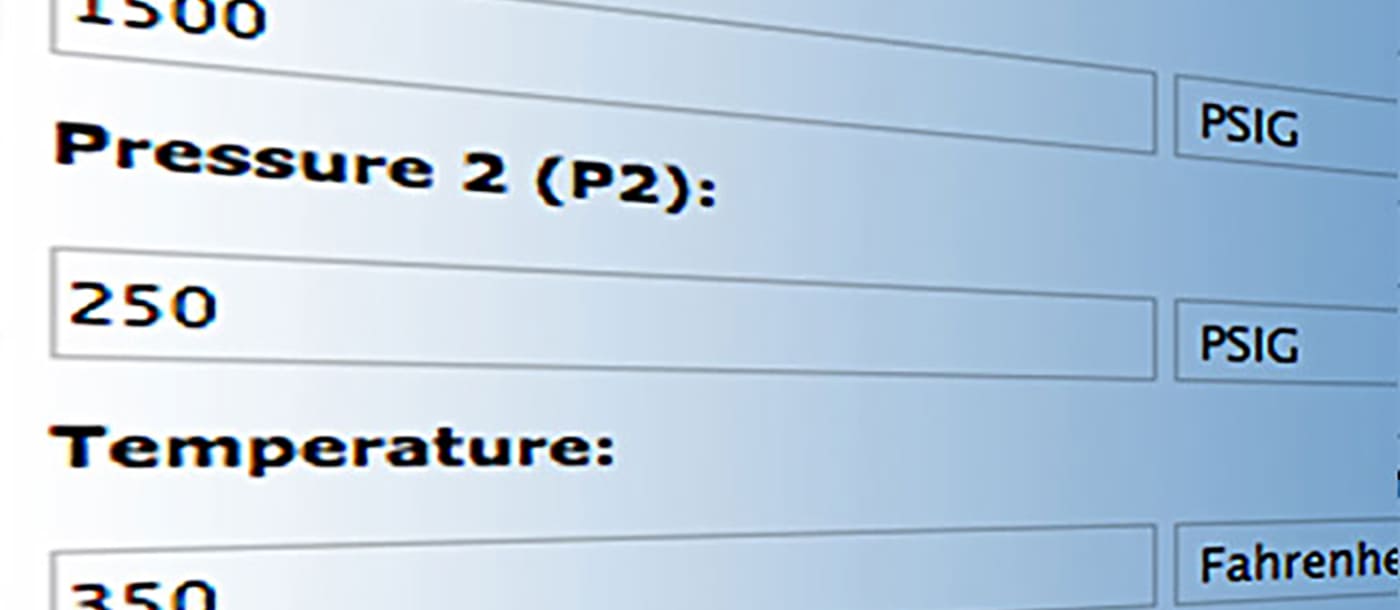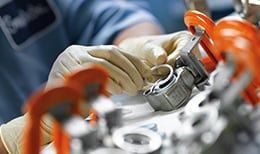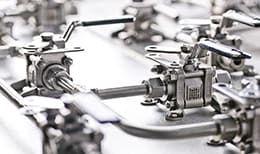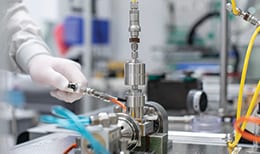
Беспружинные мембранные клапаны Swagelok® для модульных газовых систем
Беспружинные мембранные клапаны серии DE для модульных газовых систем просты в монтаже, обеспечивают визуальную индикацию направления потока, а конструкция седла обеспечивает более высокую термостойкость.
Запросить дополнительную информациюБеспружинные мембранные клапаны серии DE обеспечивают простую установку, надежную работу, и полное отсутствие примесей в модульных системах сверхчистых газов.
Основные характеристики:
- Корпус изготовлен из нержавеющей стали 316L VIM-VAR, что обеспечивает высокую коррозионную стойкость и соблюдение всех необходимых стандартов сверхвысокой чистоты
- Предназначен для бесшовной интеграции в модульные газовые системы с W-образным или C-образным уплотнением на 1,125 дюйма
- Надежно зафиксированное седло из перфторалкокси (PFA) повышает чистоту, не допускает загрязнения, и обеспечивает высокую термическую стабильность в критически важных областях применения
- Мы поставляем конфигурации с двумя или тремя отверстиями под различные системные требования
- Возможны варианты пневматического и ручного приводного механизма, что обеспечивает гибкость в эксплуатации при сохранении компактных размеров
- Привод зафиксирован относительно корпуса клапана, что гарантирует верную последовательную установку и сводит к минимуму ошибки при центровке
- Угловые фаски на выходной стороне корпуса клапана обеспечивают четкую визуальную индикацию направления потока, что способствует быстрой установке и настройке системы
Технические характеристики
| Рабочее давление | От вакуума до 125 psig (8,6 бар ман) |
| Давление разрыва | > 3200 psig (220 бар ман) |
| Давление срабатывания | Нормально закрытый: 60–120 psig (4,1–8,2 бар) Нормально открытый и нормально закрытый с ручной встроенной блокировкой: 60–90 psig (4,1–6,2 бар ман) |
| Температура | От 14 до 150°F (от –10 до 65°C) |
| Коэффициент расхода | 0,3 |
| Материалы корпуса | Нерж. сталь 316L VIM-VAR |
| Материал мембраны | Специальный сплав на основе кобальта |
| Торцевые соединения | Тип: Модульные соединения 1,125 дюйма для монтажа на поверхность Конфигурации: С 2 и 3 отверстиями |
Каталоги беспружинных мембранных клапанов
Получите подробные сведения о продукции, в том числе о материалах изготовления, номинальных параметрах давления и температуры, вариантах исполнения и вспомогательных принадлежностях.
Features: 1.125 in. C-seal and W-seal designs; Available in two- and three-port configurations; Compact pneumatic and manual actuators; Pneumatic actuator indicator ball: red for normally closed, green for normally open; Fixed orientation of actuator to body for consistency of installation; Corner chamfers on outlet side of body for visual indication of flow direction

Вычислите расход для правильного подбора ЗРА
Воспользуйтесь калькулятором коэффициента расхода (Cv), чтобы подобрать клапан правильного размера в соответствии с вашими потребностями.
Использовать инструментРесурсы Swagelok специально для вас

Как правильно подобрать ЗРА для вашей промышленной системы
Узнайте, как на практике применять метод STAMPED для подбора ЗРА, лучше всего соответствующей областям применения вашей жидкостной/газовой или пробоотборной системы.

Minimize the Costs of Fugitive Emissions with Low-E Valves
Fugitive emissions are a growing concern in the chemical and petroleum refining industry. Certified low-emissions (Low-E) valves can protect your facility and bottom line. Learn what they are, how they are tested, and how they can help you in this post.

How to Isolate Industrial Fluid Systems with Block Valves
The isolation of industrial fluid system lines prior to maintenance is vital to plant safety. One of the safest ways to isolate a fluid system line is to install two block valves. Learn how to design proper configurations for your system.

One New Valve. Three Reasons It Could Change Semiconductor Manufacturing
Find out how the latest innovation in atomic layer deposition (ALD) valve technology is changing the game for high-tech semiconductor manufacturers.
